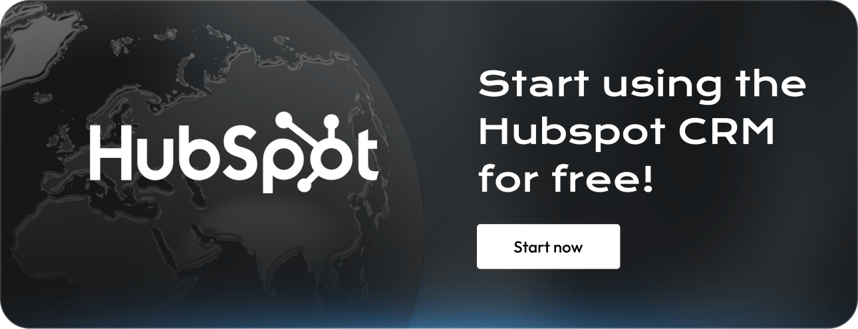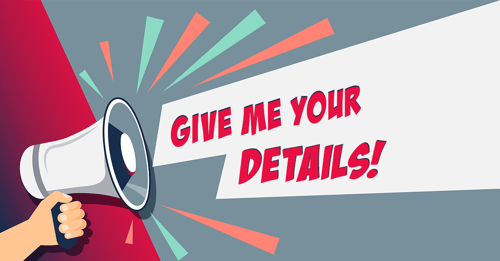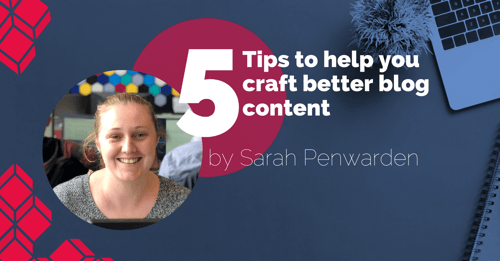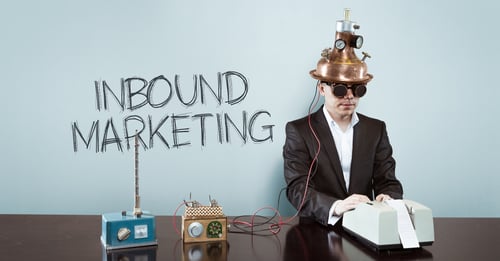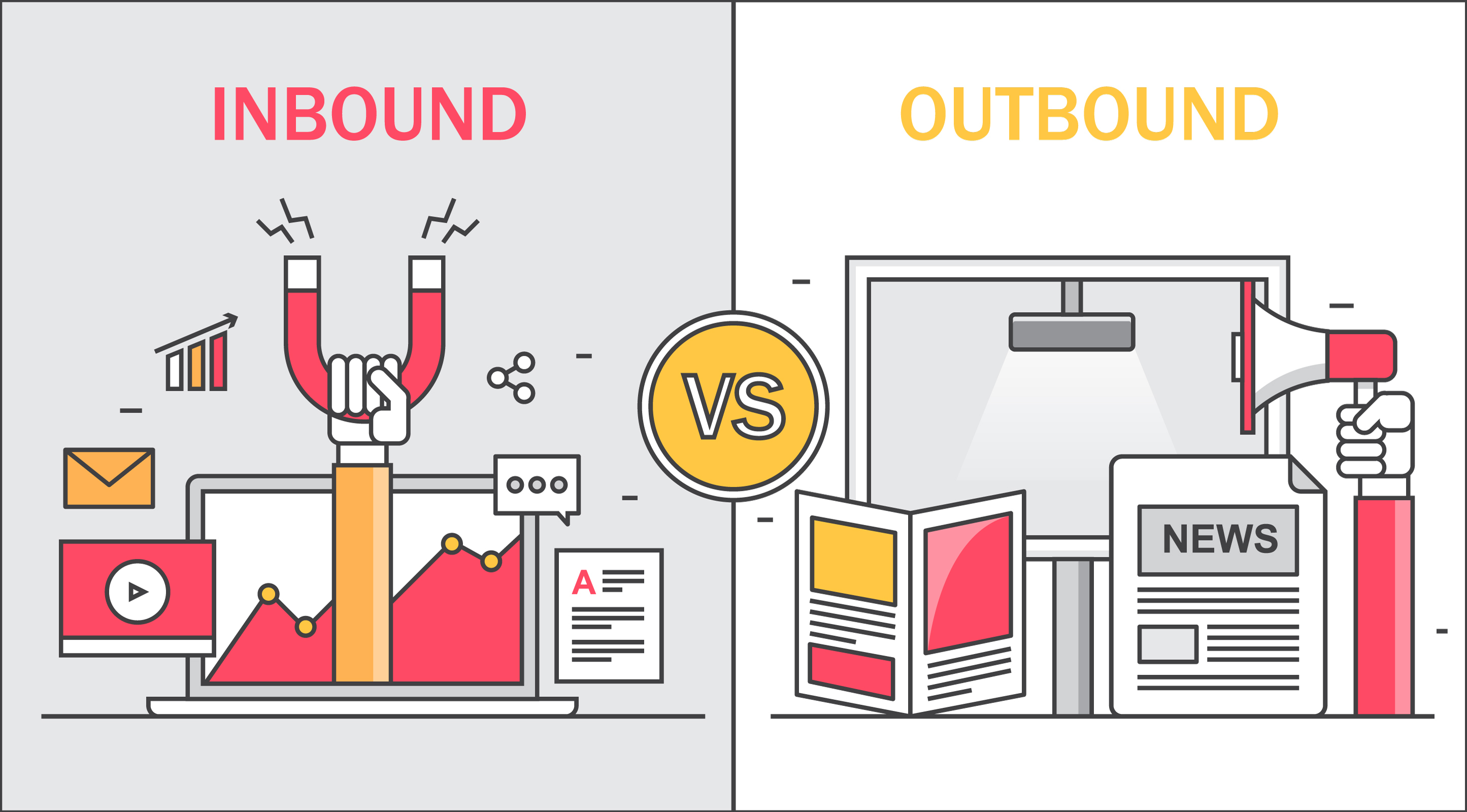
The way customers do business has changed quite a lot in the past decade. Gone are the days when customers would buy whatever’s readily available.
Today’s customer is more enlightened and they do extensive research before making a purchase decision, which is also known as ‘the buyer’s journey’.
As a business owner or a marketer, you have probably heard people saying “inbound” and “outbound”. Indeed, marketing has been diversified into these two categories.
But what do these terms actually mean? What’s the difference between inbound and outbound marketing? And which one is better?The term inbound marketing was coined by Brian Halligan, HubSpot’s co-founder and it involves providing value to the customers at every stage of their buyer’s journey.
We’ll discuss it in detail further in this blog, but first, let’s just quickly reiterate what outbound marketing is.
What is Outbound Marketing?
Outbound marketing is a form of marketing where a business initiates contact with the customers with the intention to sell.
It's also called "interruption marketing" and the name is well-deserved. All those billboards, banners, TV commercials, radio ads, print advertisements, and cold calls belong to the outbound marketing family.
"I want to see more ads today," said no one ever. The physical world, as well as the internet, is oversaturated with ads and people usually ignore them. According to research, 86% of people skip T.V. ads and 44% of direct mail (junk mail) is not even opened. Even if you manage to catch their attention with a flashy banner, there's no guarantee of a sale - as shown in the above infographic.
What is Inbound Marketing?
Inbound marketing is a methodology that focuses on attracting customers by creating and sharing content that's relevant to their problems and goals.
For this reason, it's also called "content marketing". Different type of content is tailored for each stage of the buyer’s journey.
Meaning that the content which appeals to the leads who are in the “decision” stage might not appeal to the ones who are in the “awareness” stage.
Keeping that in mind, let’s discuss what type of content is relevant for each stage.
1. Awareness
You have worked really hard on your website, so it's important that you attract people who are likely to become leads. How do you do that? It's simple, create relevant content that will attract them to your website. You don't have to find leads, if you create your content right, your leads will find you themselves. According to HubSpot, 57% of businesses have acquired a customer through their company blog.
2. Consideration
Once you have attracted them to your content, you can capture their contact details by placing CTAs, forms or lead flows within the content. Once they have entered their contact details and agreed to receive more communications from you, it's your chance to nurture the relationship by sending them advanced content that digs deeper into their goals.
This content is meant to convert visitors into leads and eventually turn them into customers. Frequency and relevancy are still important though - don't forget, they can always hit the unsubscribe button if you send too many emails or irrelevant content.
(You might also like: 10 steps to create your first inbound marketing campaign: ultimate guide)
3. Decision
This is the stage where the customer’s buying temperature is high and they’re ready to pull out their wallet. This is the time to provide them with content that’ll reinforce their belief to go with your solutions. Testimonials and case studies are the best content for this stage and if it’s service, you should offer free trial.
Inbound Marketing Vs Outbound Marketing
Here’s a fair comparison between inbound and outbound marketing:
Inbound Marketing |
Outbound Marketing |
Permission seeking |
Interruptive |
The customer initiates contact |
The business initiates contact |
Free value is provided before the sale |
No value provided |
Pulls customers towards the product/service |
Pushes the product/service to the customer |
Customers buy on their own accord |
Sellers push the sale whenever they want |
Focuses on finding the right leads |
Might even sell ice to Eskimos |
So which one’s better? inbound or outbound?
The cost per lead through inbound marketing is 62% less than outbound marketing. In simple terms, outbound marketing is expensive and marketers are starting to understand this. One-third of marketers think outbound marketing is a waste of time and money.
Not only marketers but even the customers are starting to feel distant from outbound (traditional) marketing. 72% of the customers said they would dislike a brand if they see a pop-up ad - 81% of the customers have closed a website after seeing one. Even the ad blocking extensions are on the rise. According to a survey, one in four users admits that they block ads.
The stats speak for themselves - the marketing landscape has changed quite a lot over the last decade and marketers need to incorporate the inbound methodology into their marketing campaigns.
Want to get started with inbound marketing? Check out our informative infographic that finally breaks down the difference so that anyone (even your boss) can understand it.
Just enter your email address below to access the infographic.
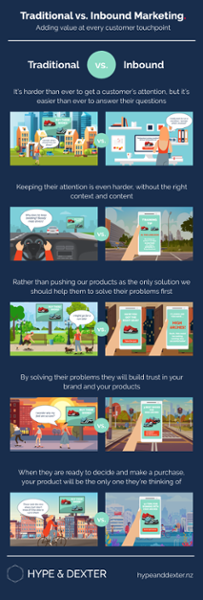 (preview) Enter your email to access the full size version.
(preview) Enter your email to access the full size version.

